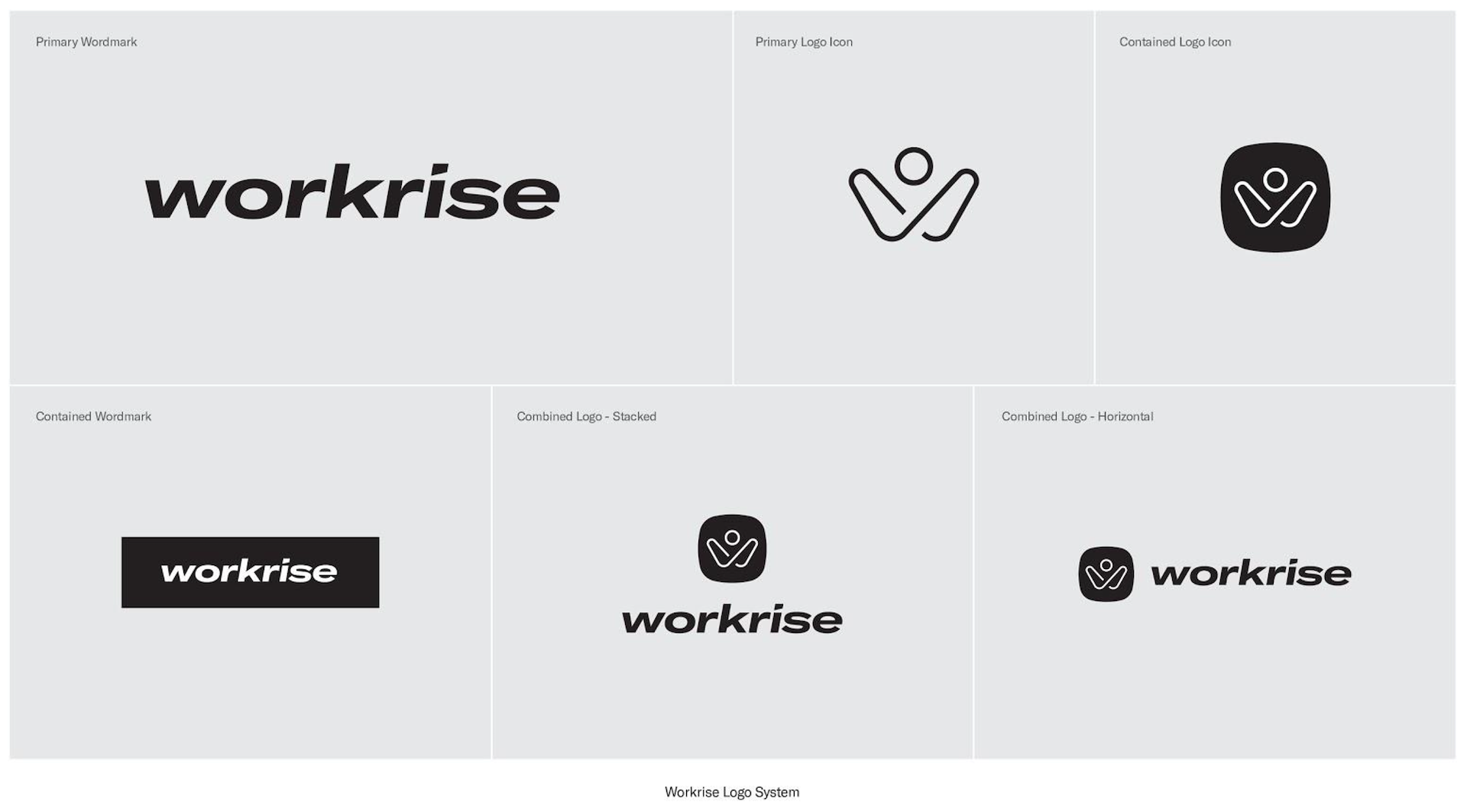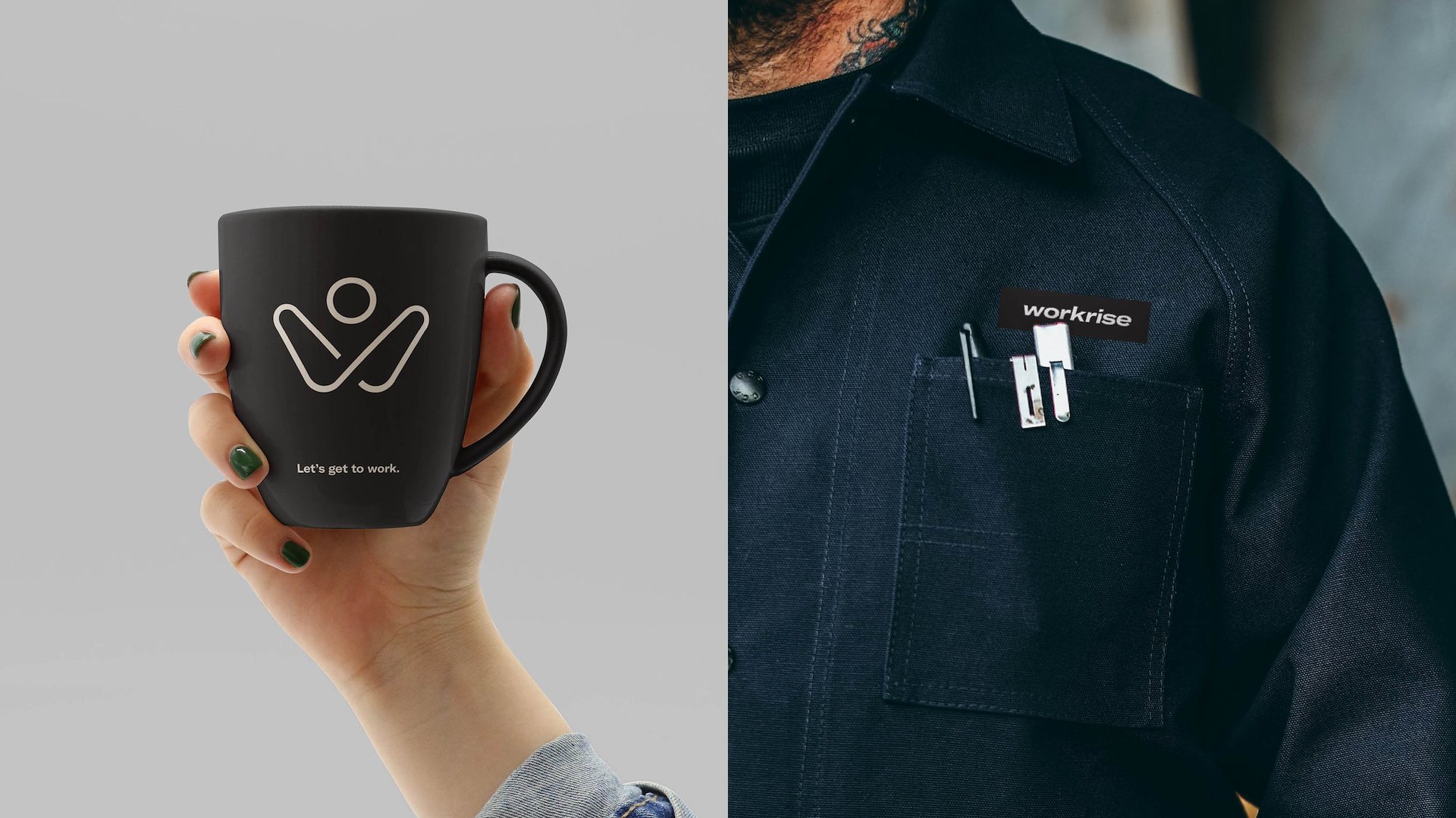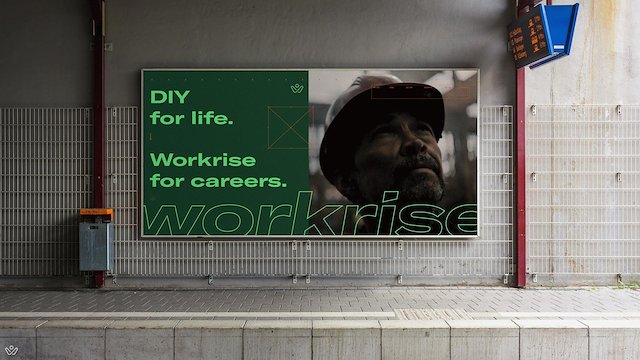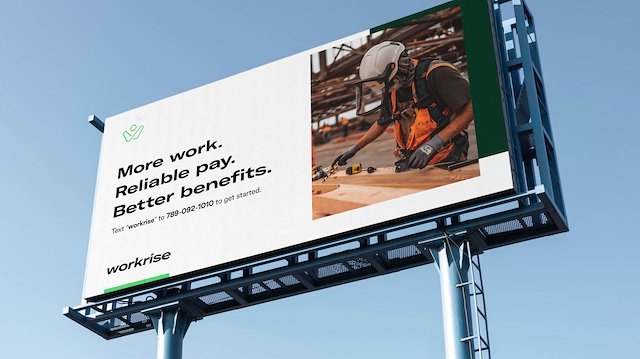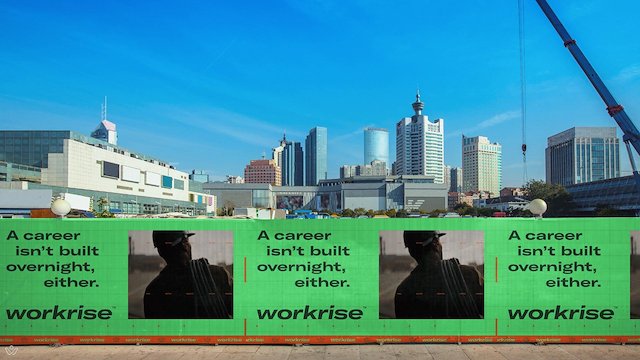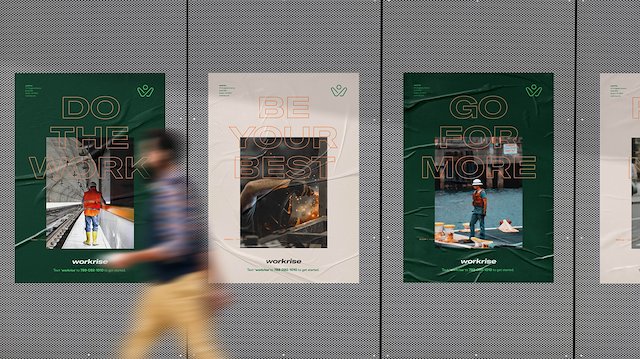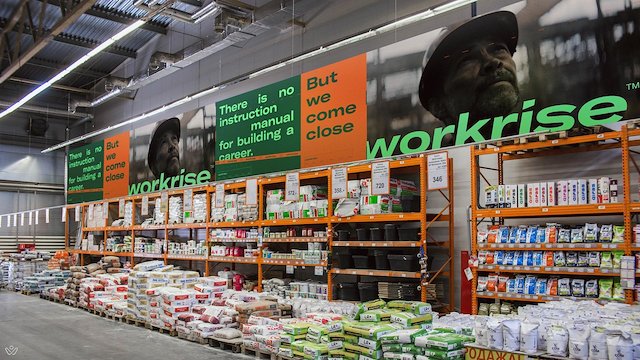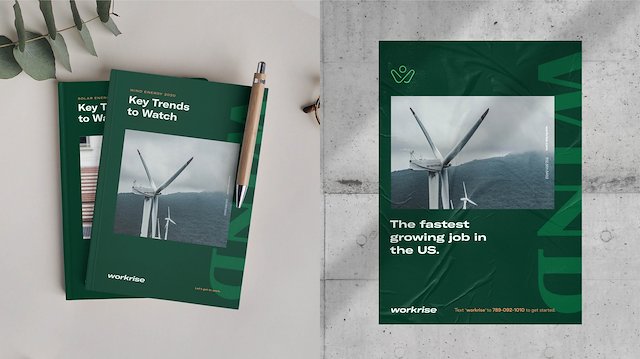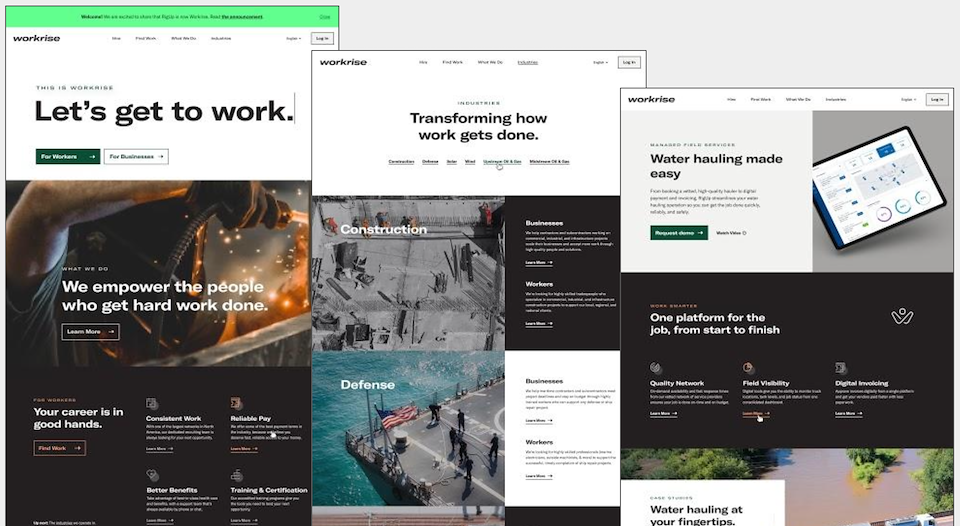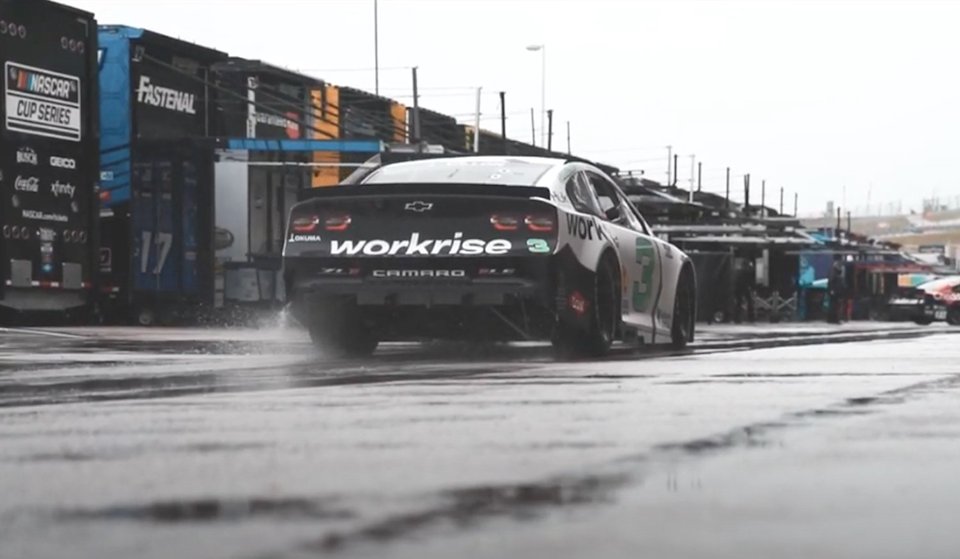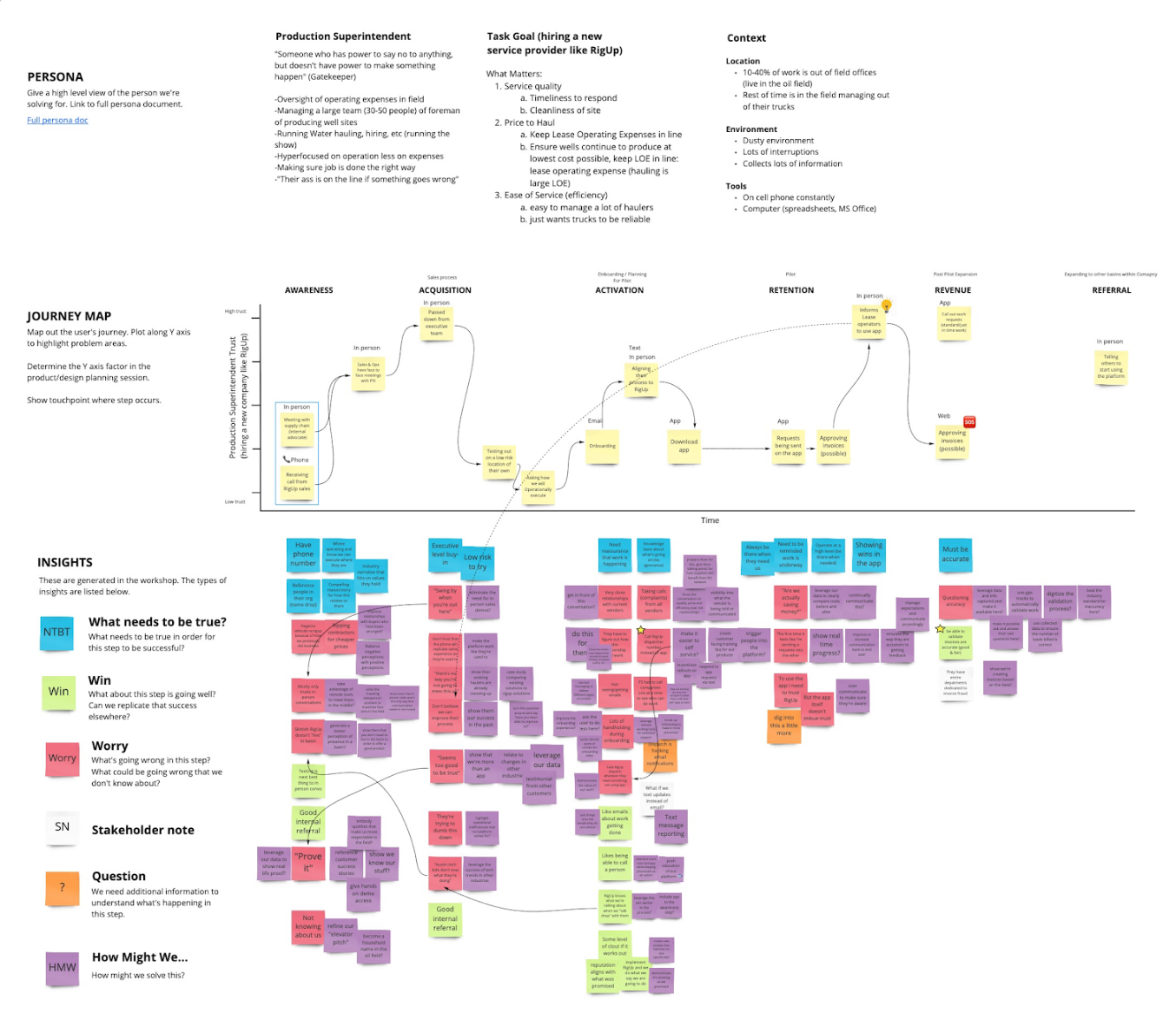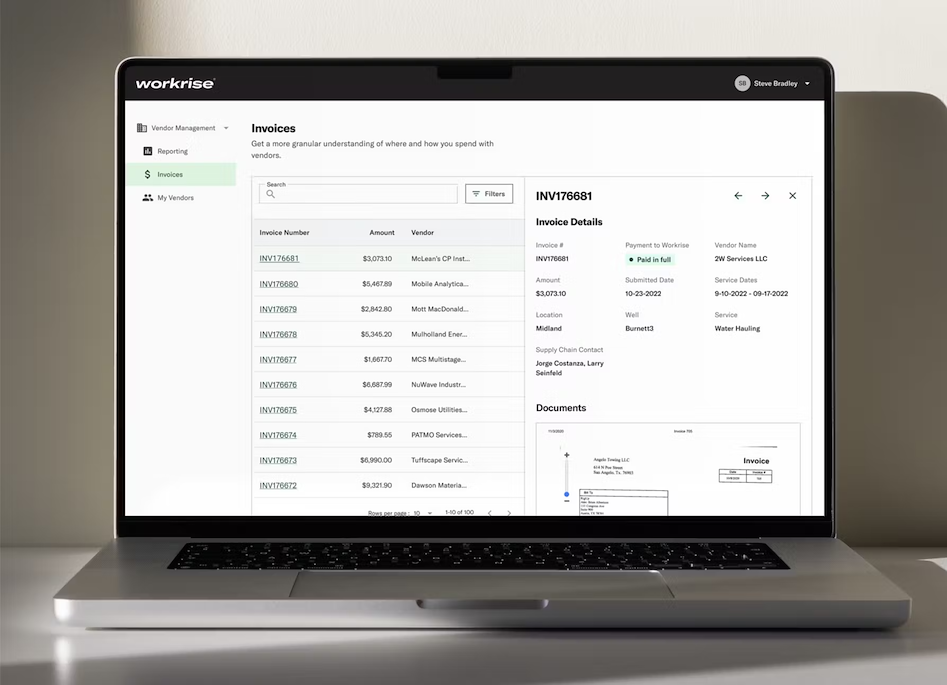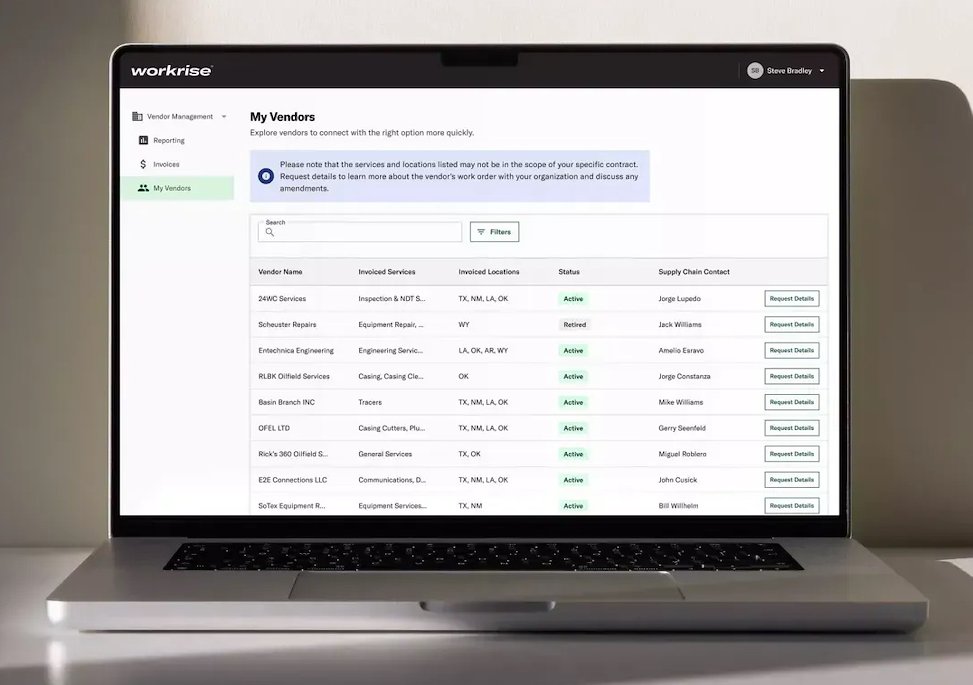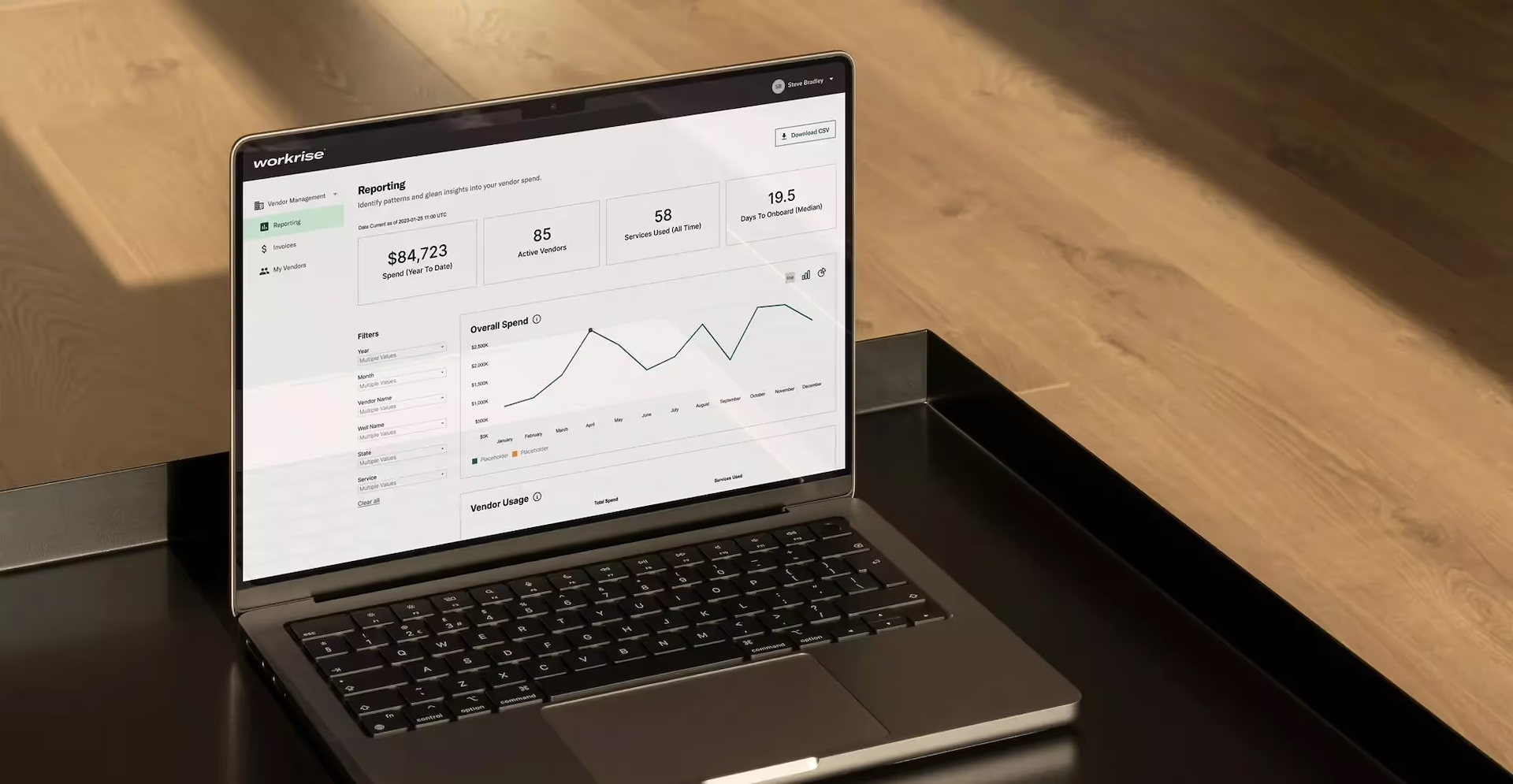Workrise
VP of Brand & Design for Workrise, Austin's first unicorn startup.
VP of Brand & Design for Workrise, Austin's first unicorn startup.
Workrise (formerly RigUp) was the leading workforce management solution for skilled trades, specializing in oil, gas, solar, wind, and construction. Today, Workrise develops software and services that optimize field operations, from sourcing to payments.
As VP of Brand & Design:
⇢ Led 5 design teams (4 product, 1 brand).
COMPANY
Workrise
ROLE
Leadership
DURATION
6 months
The co-founders sought to rebrand the company after an aggressive acquisition strategy brought multiple entities under one umbrella. This rebrand would impact every aspect of marketing and product.
To drive this transformation, I hired a creative director (Ben Slade) to establish an in-house agency and led the large-scale rebrand from RigUp to Workrise.
Goals
RigUp merged 13 companies across six industrial sectors, requiring a rebrand to position itself as the leader in skilled labor management across oil, gas, wind, solar, and commercial construction.
And we had just six months to make it happen.
* Some of this work was developed in partnership with the talented team at Los York.
COMPANY
Workrise
ROLE
Leadership
DURATION
Ongoing
Workrise’s contingent workforce management tools set it apart from all other skilled labor placement vendors. Before Workrise, contingent workers relied on paper forms, but Workrise revolutionized the industry by creating digital solutions to capture and store all worker information—an industry first.
This innovation played a key role in Workrise securing $300M in Series E funding at a $2.9B valuation.
Goals
Continue refining and enhancing existing products while simultaneously exploring and prototyping new ones.
Process
Research
When I was first hired, I made it a priority to establish a User Research team, starting with my first hire—a Principal UX Researcher. From there, she steadily built out the team.
A senior designer on one of the teams excelled at ensuring the team focused on solving the right problems, so I quickly promoted him to lead designer.
We discussed the methodologies he was using, and I challenged him to test, refine, and document a process that would both validate and accelerate design decisions.
Chase Clark (now Lead UX at Calm) explains his approach exceptionally well—you should check it out!
Map from one of Chase’s Problem Framing Workshops
Process
Product design
I implemented several key initiatives to improve our design process:
‣ Established a bi-weekly all-hands showcase and critique to foster collaboration and feedback.
‣ Introduced a weekly design-team-specific critique for deeper design discussions.
‣ Migrated the team to a new design software stack, improving efficiency and saving $48K annually.
‣ Centralized and expanded documentation to create a single source of truth.
‣ Oversaw the development of a comprehensive design system with full engineering support.
Results
I wish we had metrics for this section, but unfortunately, we didn’t prioritize split testing with quantified KPIs. Qualitatively, we were the first to offer a digital skilled labor management system, and the impact was overwhelmingly positive with customers.
Put simply—we helped put food on the table for skilled workers and their families. We got them paid weeks or even months faster than any other system. By reducing paperwork processing time by 14x, we gave workers more time with their families.
